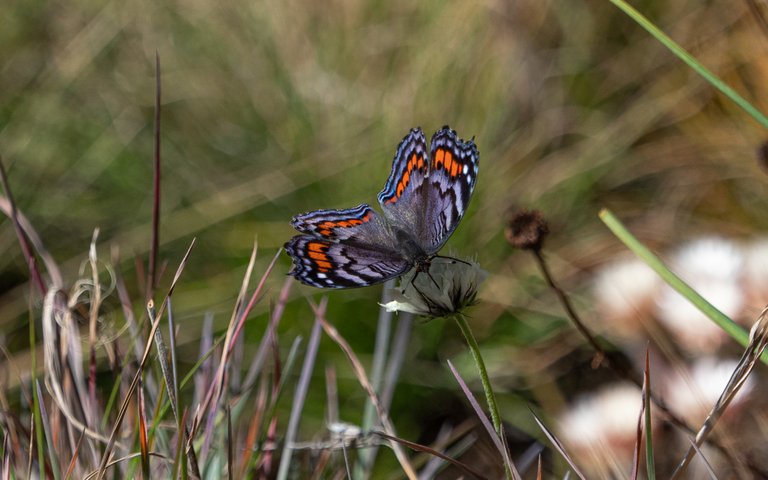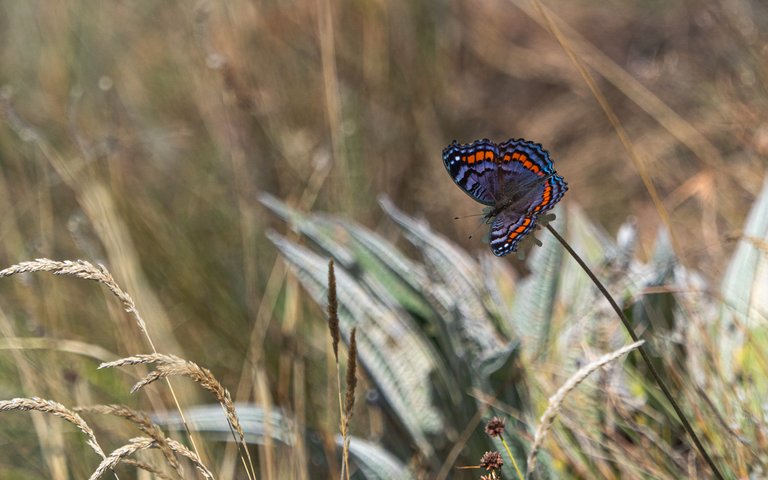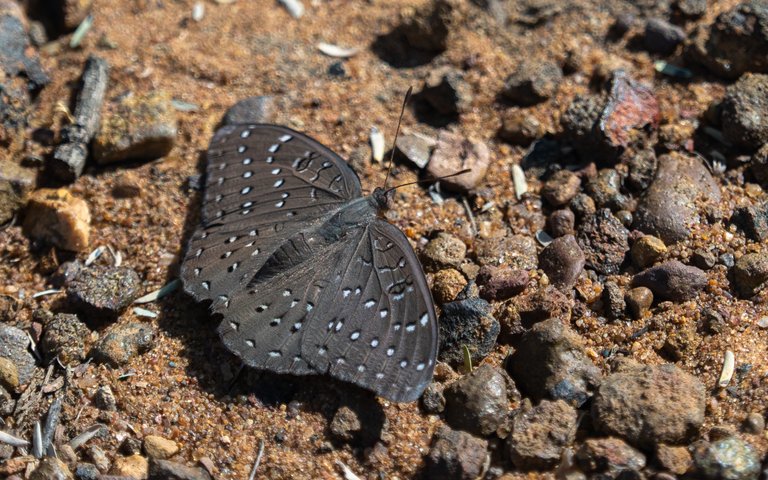While I am reviewing my photo archives, I find all sorts of different photographs. Still, on trips, I shoot almost everything that surrounds me — not only landscapes, but also buildings and streets, plants and animals, birds and insects ... Well, I photograph people least of all, but sometimes this happens too :) And if I do not write large posts about the trip as a whole, where everything that I’ve photographed can be found, then the photos of my very smallest photo models, such as insects, flowers or even birds, often remain unpublished. It seems to me that this is not good. Therefore, despite the fact that, in fact, my blog is more about landscape photography, I gradually began to do posts with photos on other topics. Now, I have reached this interesting community Fascinating Insects, where I will be happy to publish photos of insects that I will find in my archives.
This adorable multi-colored butterfly is called Gaudy commodore (southern subspecies Precis octavia sesamus). They are common in Africa. It's funny that they have two forms for two seasons of the year, winter and summer, which differ quite a lot in appearance (search a little if you are interested — if I saw these two forms at one moment and did not read such information, I would definitely say that these are completely different types of butterflies). Here we can see the winter form — I couldn't see the summer form at the same time for obvious reasons.
And this chocolate color baby is called Guineafowl butterfly (Hamanumida daedalus). It is not as bright as the previous one, but it merges much better with the environment — the earth, sand and pebbles. Probably, it’s safer to live like this. Nevertheless, she is beautiful with her white spots on a dark background resembling little starfish.
It's better to watch the photos in high resolution.
OLYMPUS E-M1 Mark II
Exposure time: 1/640 sec
Aperture: F 4.5
Sensitivity: ISO 320
Focal length: 320
35 mm equivalent: 421 mm
You can also see my photos in my blog LJ and in my profile on NatGeo



